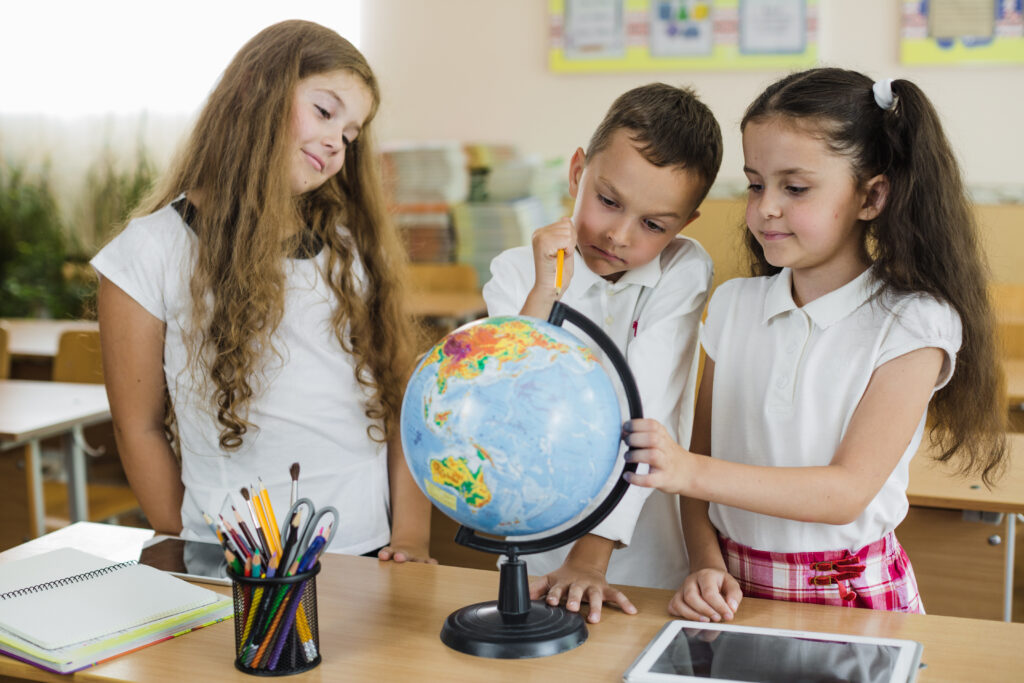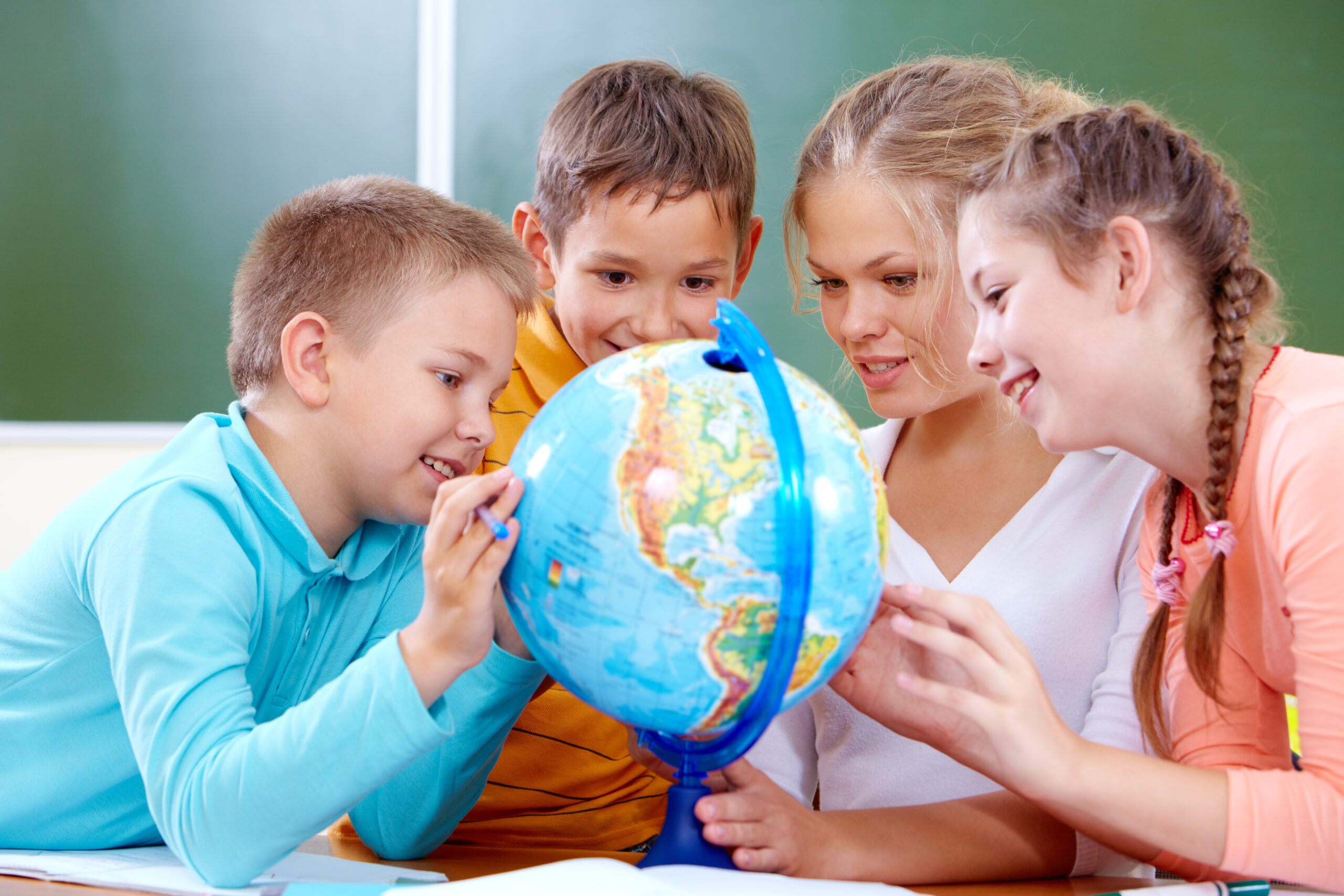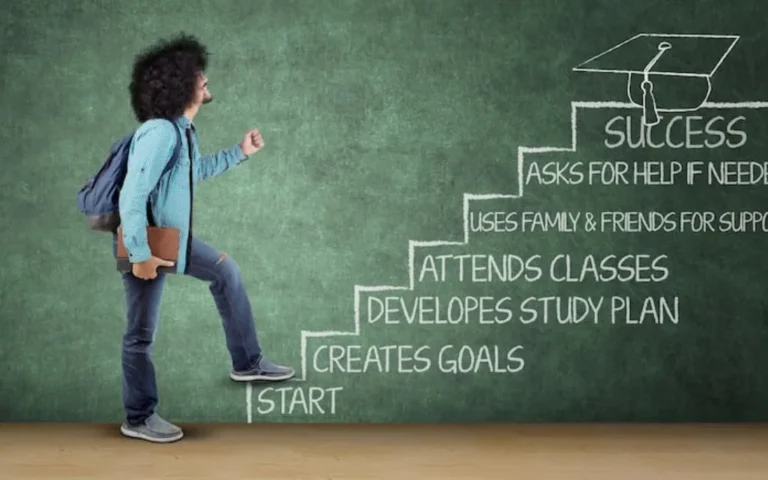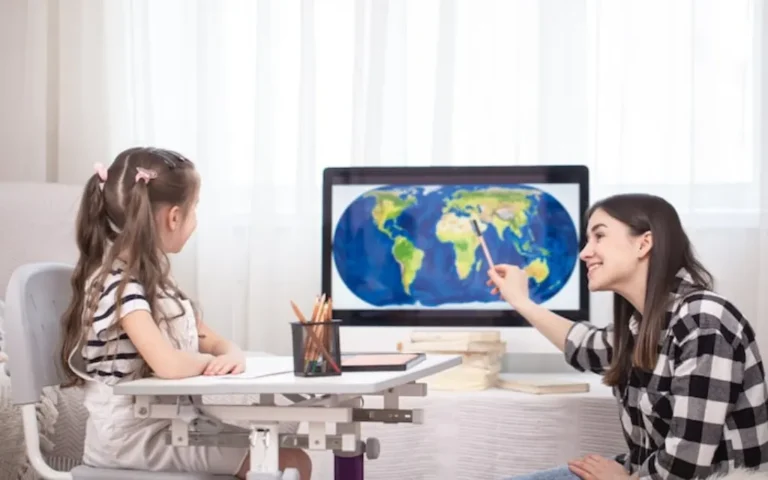Universal Elementary Education: A Comprehensive Guide to Global Access and Equality in Learning 2025
Introduction to Universal Elementary Education
Universal elementary education is a movement that seeks to give all children equal opportunity regardless of their gender, socioeconomic status, or cultural backgroundor society or gender. In the 20th century, governments, foreign groups, and teachers came to the realization that education is a basic human right, not just a privilege. This made the idea very popular. It is the foundation on which countries grow, societies thrive, and individuals reach their full potential. By making sure everyone gets a basic education, countries can end poverty, reduce inequality, and better prepare the next generation for the problems they will face in life.
People often say that education is the “passport to the future,” but if elementary school isn’t available to all kids, a lot of them will be left behind and unable to start the journey that leads to chance and progress. The goal of this worldwide project is to make sure that everyone can get a basic education that is both free and necessary. Opening classes is only one part of the solution. Other parts include making sure that teaching and learning are long-lasting, open to everyone, and of high quality..

Historical Background of Universal Elementary Education
Starting with national reforms and international accords, universal elementary education was established. During the post-war time of system rebuilding, the need of education for national reconciliation and prosperity became shown . Since its inception in 1945, UNESCO has grown into a leading advocate for world education. In 1948, the Universal Declaration of Human Rights stated that every person has an inherent right to an education, and that compulsory and free elementary education should be instituted for all.
The movement for free and compulsory primary education gained momentum during the 1990s World Conference on Education for All in Jomtien, Thailand. Quality and inclusivity were also emphasized, in addition to accessibility. With the adoption of the Millennium Development Goals (MDGs) in 2000, the global community reaffirmed its aim to provide elementary education to all children by the year 2015. Despite significant advancements, issues persisted. This prompted a fresh push in 2015 with the launch of the Sustainable Development Goals (SDGs), the overarching purpose of which is to guarantee universal access to quality education by the year 2030.
Importance of Universal Elementary Education
Universal elementary education is of unparalleled importance in the contemporary society. Many people say that it is the most important part of human growth. First, it teaches kids how to read and write, which are important abilities for learning throughout life. A child who can read, write, and do math is better able to make choices in life and be a useful member of society.
Second, universal elementary education ends the cycle of poverty. Children who go to school are more likely to get better jobs, make more money, and help their families financially. Education not only helps people, but it also helps the economy by creating a trained workforce.
Third, it helps make society more equal. When all children, regardless of gender or origin, have equal access to education, it diminishes societal divisions and promotes inclusivity. Education for girls, in particular, has been related to better health, fewer child marriages, and more engagement in the economy.
Universal primary education also helps keep the world peaceful and stable. People who are educated know more about their rights, are more accepting of differences, and are less prone to get into fights. Education is the basis for democratic values, critical thinking, and being a good citizen.
Barriers to Universal Elementary Education
Even though it is incredibly important, getting people to go to basic school is not easy. Poverty is still one of the biggest challenges. Families that are having a hard time making ends meet often can’t send their kids to school, even though it’s free, because they need them to work and help pay the expenses.
Another problem is that men and women don’t get the same services. In many parts of the world, women can’t attend to school because to cultural norms, safety issues, or early marriage. This keeps people stuck in cycles of disadvantage and inhibits civilizations from getting the most out of half of their people.
Another huge problem is infrastructure. Many poor countries don’t have enough schools, teachers who are good at their jobs, books, or even basic necessities like clean water and toilets. Without these, the quality of education goes down, which makes students less likely to go to school.
The difficulties are made worse by conflict and displacement. Millions of kids can’t attend to school in locations where there is war or in refugee camps. Sometimes it’s hard to reconstruct schools in these situations.
Lastly, the way that rules are put into place and government funding are still not the same across the board. People routinely write down their pledges, but keeping those commitments requires strong political will, long-term financial investment, and thorough monitoring.

Global Initiatives Supporting Universal Elementary Education
Universal l leaders have taken different steps to back free public fundamental education for all. As a result of its Education for All initiatives, UNESCO has taken the lead in worldwide advocacy and checking . All children, especially those living in economically depressed areas, should have the great chance to receive a high-quality education, and UNICEF has laboriously fought toward this goal. Worldwide, educational initiatives have benefited from the financial and technical help offered by the World Bank.
Global Partnership for Education (GPE) is one group that works to promote education in low-income countries by coordinating initiatives across nonprofits, philanthropies, and for-profit businesses. The main goals of these partnerships are to boost enrollment, enhance the quality of enrollment, and encourage equity.
A watershed moment came with the approval of Sustainable Development Goal 4 in 2015. Emphasizing the importance of lifelong learning and achieving universal access to high-quality, equitable education by 2030 are key components of this plan. One of these objectives is to ensure that all children have access to basic education.
Regional groups and local non-governmental organizations (NGOs) are also crucial. When more conventional methods fail, new ones are stepping in to fill the void, such as mobile learning initiatives in South Asia and community schools in Africa.
Strategies to Achieve Universal Elementary Education
It will take a combination of strategies if we want every single student to show up for primary school. The first step for governments is to mandate and cover the cost of education. Free textbooks, school lunches, and the elimination of tuition fees could assist households in cutting costs.
The second objectiveof Universal elementary education should be to upgrade the infrastructure. Especially in low-income and rural areas, it is crucial that students do not have a long way to travel to get to school. The classroom should be a place where every student is safe, accepted, and supported.
Training educators is of utmost importance. The foundation of any good school is a staff of highly qualified and enthusiastic educators. Improved job performance among educators is possible with support for ongoing professional development, competitive pay, and a positive work environment.
Promoting participation in one’s community is another crucial step. Being actively involved in one’s own education increases the likelihood that parents and other community leaders would support their children’s educational endeavors. Society education campaigns are a powerful tool for overcoming cultural barriers, particularly those related to gender roles..
Equally promising is the realm of technology. Remote or war-torn areas can still have access to education through the use of digital resources, such as online learning platforms, mobile classrooms, and other such innovations. However, bridging the digital divide is essential for achieving universal access.
Finally, international attachment and aid must be maintained. Education is an endeavor that requires the undivided attention and financial support of nations and international organizations throughout the foreseeable future.
The Role of Teachers in Universal Elementary Education
Dedicated teachers are needed for all students to get a better elementary school education. Moreover, to the material they give, teachers have a huge impact on their students’ character enhancement , moral compass, and future goals . If we want to make sure that all kids go to primary school, we need to make hiring, training, and keeping teachers a high priority.
Teachers usually have to deal with hard working conditions, especially in nations that are very week or at war. You want to provide them enough resources, pay them properly, and give them opportunity to move forward in their professions if you want them to do a good job. Also, teaching teachers how to use inclusive and student-centered teaching methods can make a big difference in how well students do in school.
People in the community also look up to teachers. Their work to promote education, especially for girls, convinces parents and community leaders to put education at the top of their list of things to do. So, to get universal elementary education, teachers need to be recognized and given more power.
Technology and Innovation in Universal Elementary Education
Today’s technological advancements have been important l in enabling free and compulsory fundamental education for all children. Online learning platforms, mobile apps, and educational television programs are just a few of the new methods that kids can study. This is particularly useful in inaccessible areas.
For instance, in areas without internet access, radio classes have proven to be effective. Students in Africa and Asia are benefiting from tablet distribution programs that make it easier for them to access digital textbooks and other interactive resources. In addition to streamlining the process of finding relevant information, these innovative concepts also make studying more engaging and tailored to the needs of individual students.
But rather than replacing conventional teaching ways , technology should be considered an opposite to them. Millions of students are still disadvantaged due to the digital divide, specially those residing in remote places without access to the internet. Spending on infrastructure, training, and ensuring everyone can utilize technology is essential for governments and businesses to maximize its
Future of Universal Elementary Education
To make sure that everyone can acquire a basic education, governments, international organizations, and communities all need to work together. Even while things have gotten better, millions of kids still don’t go to school. To close this gap, we need to work on gender inequality, poverty, and conflict.
Schools all throughout the world had to close because of the COVID-19 outbreak. This highlighted how bad the knowledge systems wereBut it showed strength by using new technology to study from home. The next big thing will be to make schools more open, flexible, and strong.
If all students had to go to basic school, there would be a lot of problems. For the economy and society to progress forward, future generations need to be able to read and write, have power, and be educated. It would acknowledge education as the most important part of human development and protect the rights and dignity of every k
Conclusion
Achieving universal primary and secondary education is not some lofty ideal; it is a critical need. Millions of youngsters around the world look to it as a symbol of equality, opportunity, and optimism. There will be obstacles, but we can overcome them with a united front, creative thinking, and steadfast will. The most effective way for societies to create a more equitable, affluent, and peaceful world is to guarantee that all children can get a good education.
FAQs About Universal Elementary Education
What is universal elementary education?
Universal elementary education refers to the global effort to ensure that every child, regardless of background or circumstances, has access to free, compulsory, and quality elementary schooling.
Why is universal elementary education important?
Universal elementary education is important because it empowers individuals with basic literacy, reduces poverty, promotes equality, strengthens economies, and contributes to peace and social stability.
What are the main challenges to universal elementary education?
The main challenges include poverty, gender inequality, lack of infrastructure, conflict, displacement, and insufficient government funding or policy implementation.
How can universal elementary education be achieved?
It can be achieved through free and compulsory schooling, better infrastructure, teacher training, community engagement, use of technology, and sustained global cooperation.
What role does technology play in universal elementary education?
Technology plays a supportive role by offering innovative learning methods through online platforms, mobile apps, and radio lessons, especially in regions where traditional schooling is limited.







